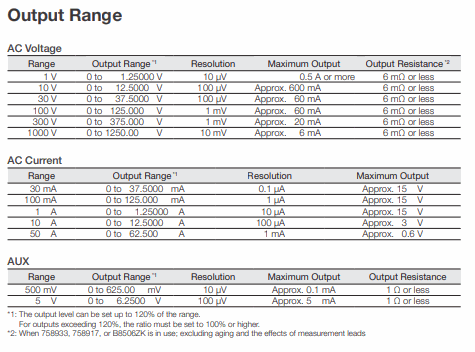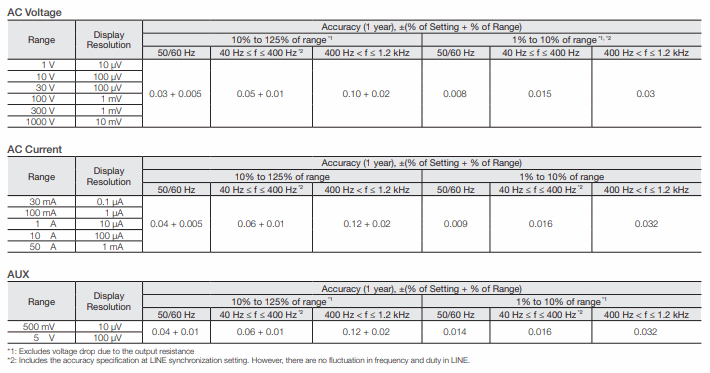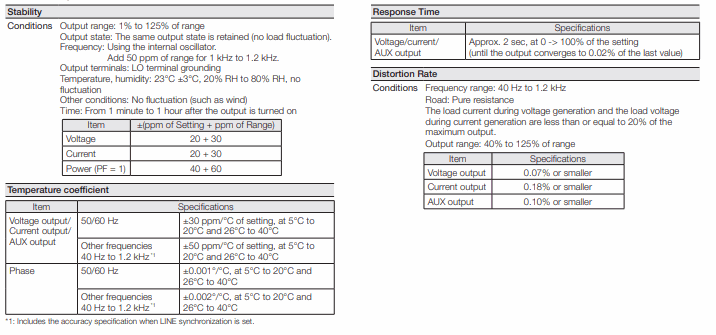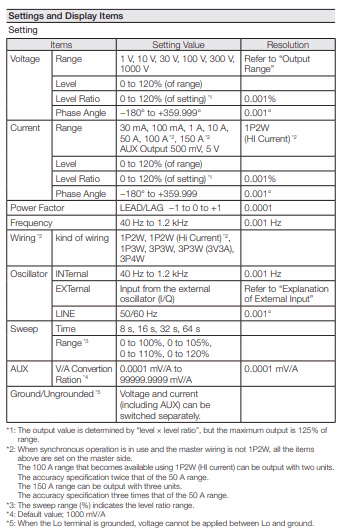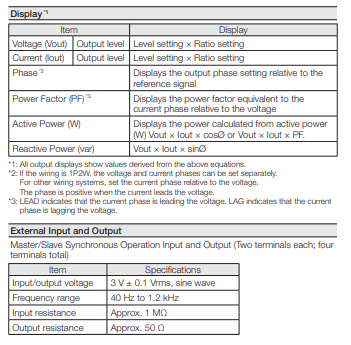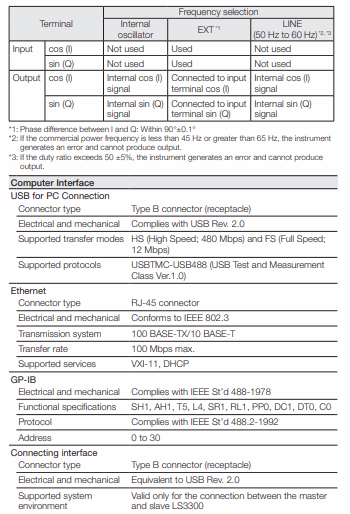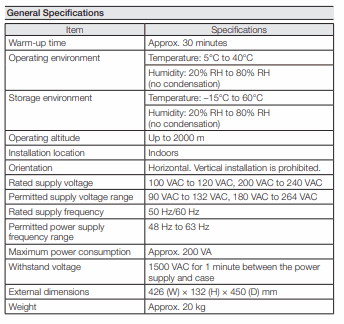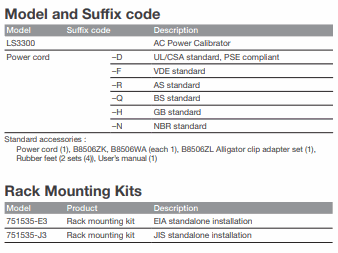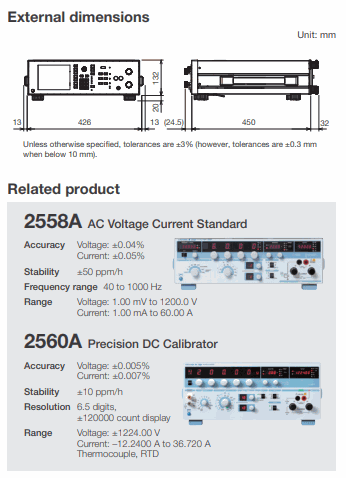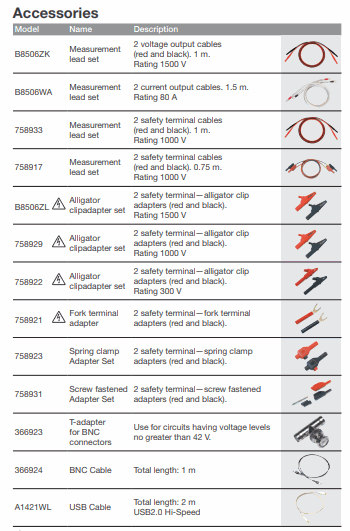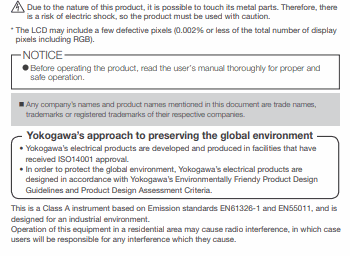Effective solution for AC power calibration
LS3300
Precision Making
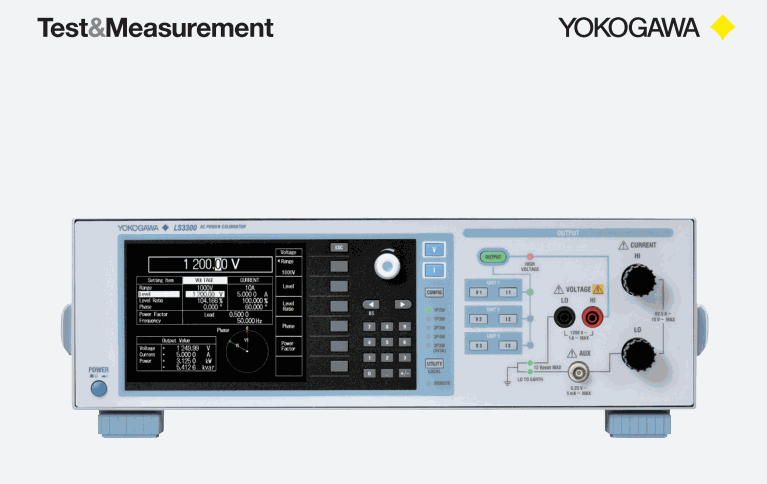
Yokogawa has been supplying precision measuring instruments of the highest quality for over 100 years.
Power meters and measuring instruments must adhere to strict standards to not only make precise voltage and current measurements, but to reliably and accurately calculate power and phase. Thus, calibration of these instruments to maintain integrity and lifespan is of utmost importance to the test and measurement industry. It is with this in mind that Yokogawa is proud to release its latest high precision power calibrator, the LS3300.
The LS3300 provides:
- Technology: The LS3300 delivers best-in-class power accuracy of ±450 ppm and high output current of 62.5 A.
- Confidence: Yokogawa's attention to quality ensures engineers have the peace of mind knowing that the LS3300 is designed to meet the high stability and accuracy needed for testing power meters.
Major instruments subject to calibration:
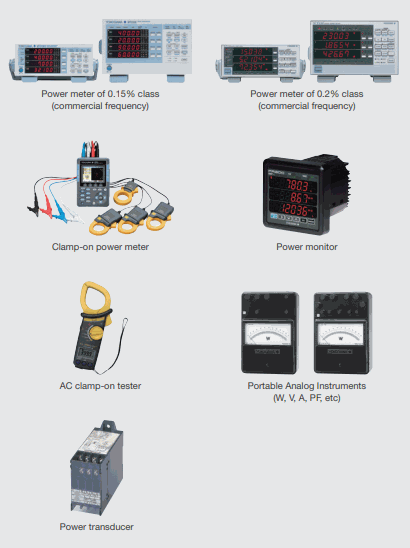
Major Specifications
The LS3300 is a single-phase AC power calibrator that can generate highly accurate, stable, and wide range output current and voltage. New features include an LCD display and a “STABILIZING function” which shows that the output signal is stabilized for calibration efficiency.
High accuracy
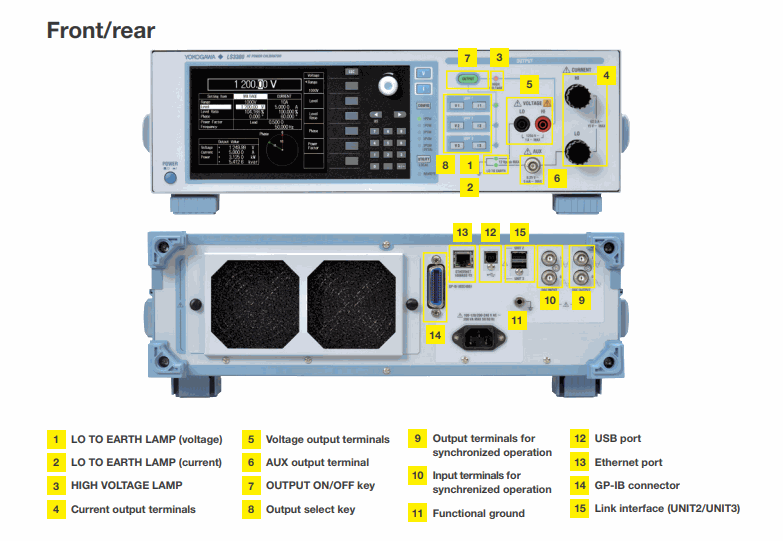
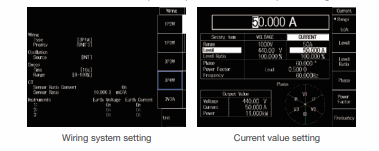
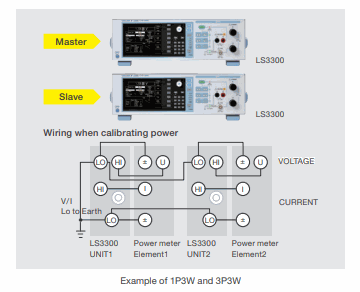
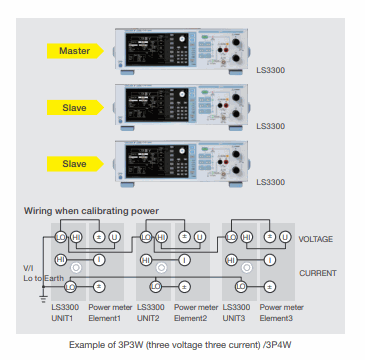
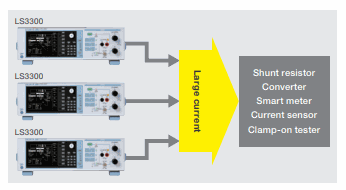
Large current output up to 180 A
When users synchronize three units and connect their output in parallel, the system can output up to 180 A, when [Hi Current] is specified in the Wiring menu. LS3300 supports devices requiring large current such as a current sensor, smart meter, etc.
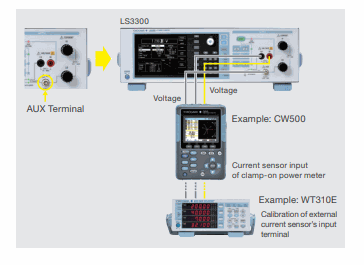
Diversification of the calibration equipment by AUX output
A large current sensor used for industrial equipment and a clamp-on power meter used to monitor energy-saving are widely used in the power measurement market. When a clamp-on power meter unit or external current sensor input (voltage output) is calibrated, an AUX terminal is used. The voltage output range of a current sensor signal (Ext. Sensor) is 0 to 6.25 V. Users can select either the 500 mV or 5 V range according to the output range of a current sensor.
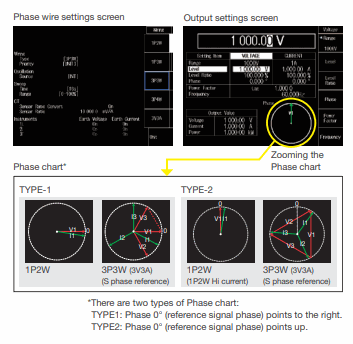
LCD for enhanced viewing capabilities
The LS3300 is equipped with a 5.7-inch color LCD. It shows the wiring and power settings, as well as the phase chart of the generated waveforms, allowing users to quickly and easily view the instrument settings (as seen below). Users are also be able to view the unit information such as the serial number, version information, and communication settings in the UTILITY menu. The values of voltage, current, active power and reactive power specified according to the level, level ratio and power factor are displayed as output values.
Applications
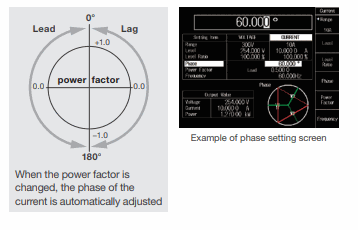
Power Factor Validation
The power factor is an important element when users judges the energy utilization efficiency of a device. When a power meter is calibrated, accordingly, the power factor value is inspected as well as a power value. The LS3300 covers the range of the power factor from −1.0 to 0 to +1.0 (lead) and from −1.0 to 0 to +1.0 (lag). It also allows the user to adjust the phase angle between voltage and current.
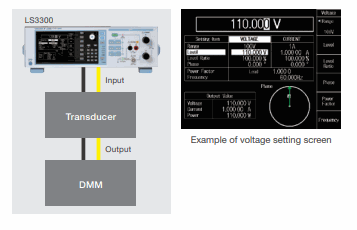
In/output adjustment inspection of power transducer
There are different kinds of power transducer instrumentation for AC voltage, current, active power, reactive power, etc. The LS3300 can perform highly accurate output (the voltage accuracy of 350 ppm and current accuracy of 450 ppm), output AC voltage/current separately and set the phase angle of power. With these features, it supports input/output characteristic adjustment and inspection in the power transducer production line and calibration inspection for periodic checkups.
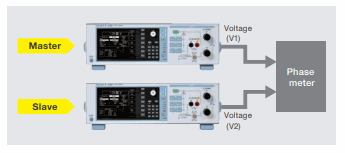
Inspection of phase meter
Since the LS3300 guarantees the phase accuracy between units of the master unit voltage (V1) and the slave unit voltage (V2), it can inspect a phase meter. It is equipped with the phase accuracy of ±0.03°and the minimum resolution of 0.001°and allows users to specify an arbitrary value for Lead and Lag of the slave unit voltage (V2) against the master unit voltage (V1).
*The master unit and the slave unit are needed to be connected with each other via a BNC cable for phase synchronization.
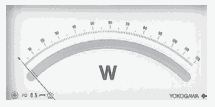
Needle sticking tests
This instrument is able to perform the Needle sticking tests with high reproducibility. If users stop sweeping halfway and holds the value near an arbitrary point, s/he can change the level ratio manually and perform up/down sweep again. Users can set the sweep time to 8 s, 16 s, 32 s, or 64 s and the sweep range to 0% to 100%, 0% to 105%, 0% to 110%, or 0% to 120% of the output level. While sweeping voltage (or current), it cannot sweep current (or voltage).
*Power factor and Phase are not available in the sweep function.
Convenient features for calibration
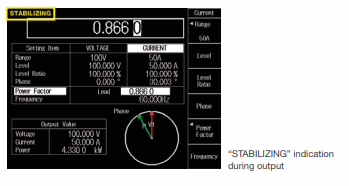
Shortening of calibration time
(1) Notification that output becomes stable
To improve working efficiency, the LS3300 is equipped with a function for notifying the user that the output is stable. When the STABILIZING indication disappears from the LCD two seconds later, it means that the output has become stable. This reduces time spent on working with transient signals that affect measurement accuracy.
Safety of calibration
(1) High voltage notification
This is a function for notifying users of dangerous high voltage condition when the high voltage range (300 or 1000 V) is set. When the voltage output is set to 150 V or higher, the device beeps intermittently.
(2) Trip detection
If a load that would cause the output range to be exceeded is connected, this instrument detects the abnormal load to protect itself. This function monitors the error of overcurrent and overvoltage, oscillation, fan malfunction and temperature.
(3) LINE synchronization
The output frequency of this product can be synchronized with commercial power frequency. This feature is useful in checking interference from the power source..
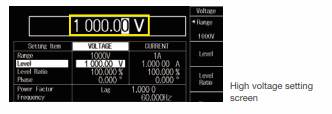
Power Meter Calibration Software (Free software)
Automatically calibrates a power meter (WT series) using YOKOGAWA’s AC Power Calibrator LS3300 or Precision DC Calibrator 2560A.
Reduction of calibration time
Example: Calibrating WT310E AC at 52 points Manual calibration time: Approx. 20 min -> Calibration software: Approx. 2 min 40 sec.
Specifications
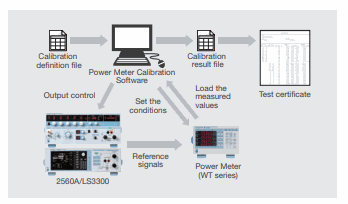
How to download (free of charge)
Registered users can download the software free of charge from our HP. https://tmi.yokogawa.com/library/documents-downloads/software/powermeter-calibration-software/
Basic characteristic examples showing high accuracy and stability
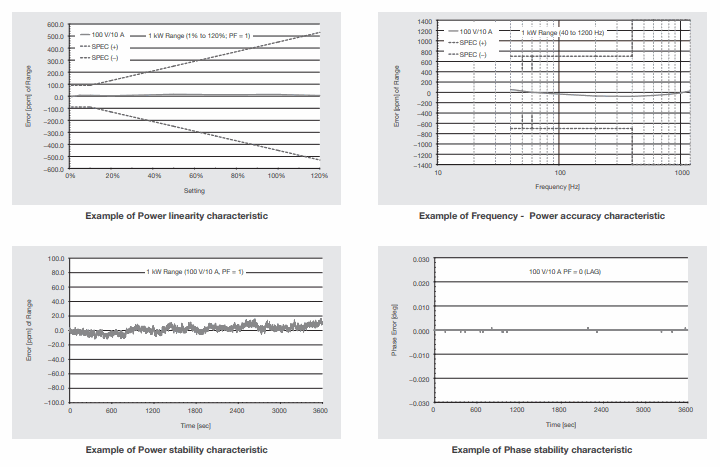
Comparison table to the 2558A (1 year)
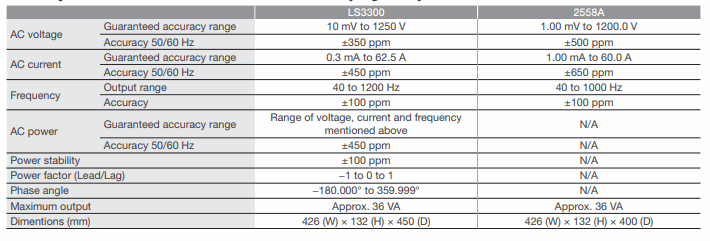
Specification
